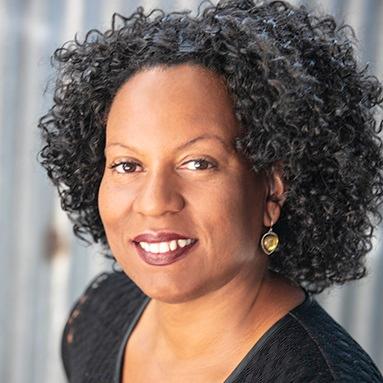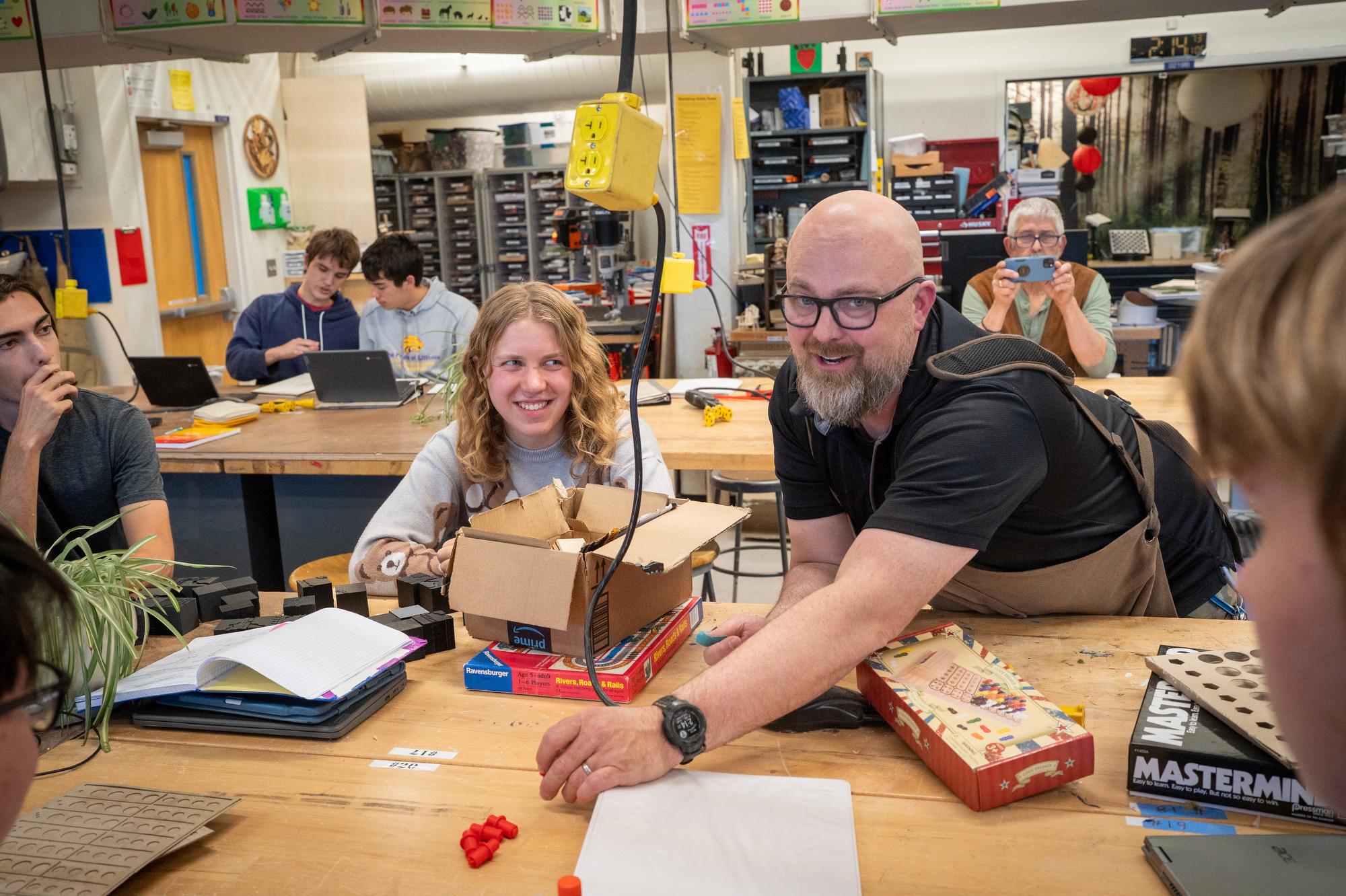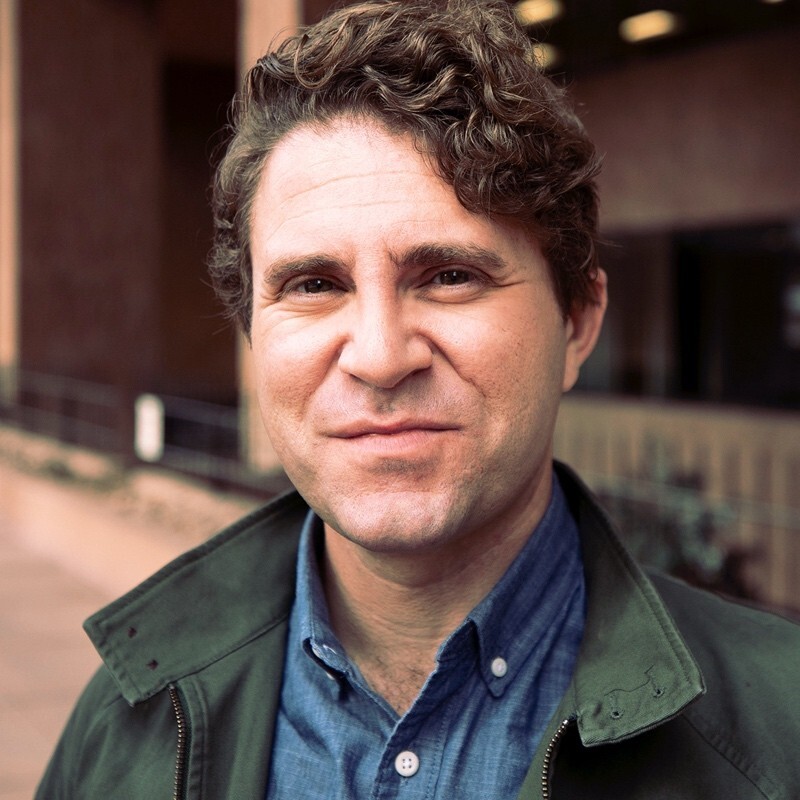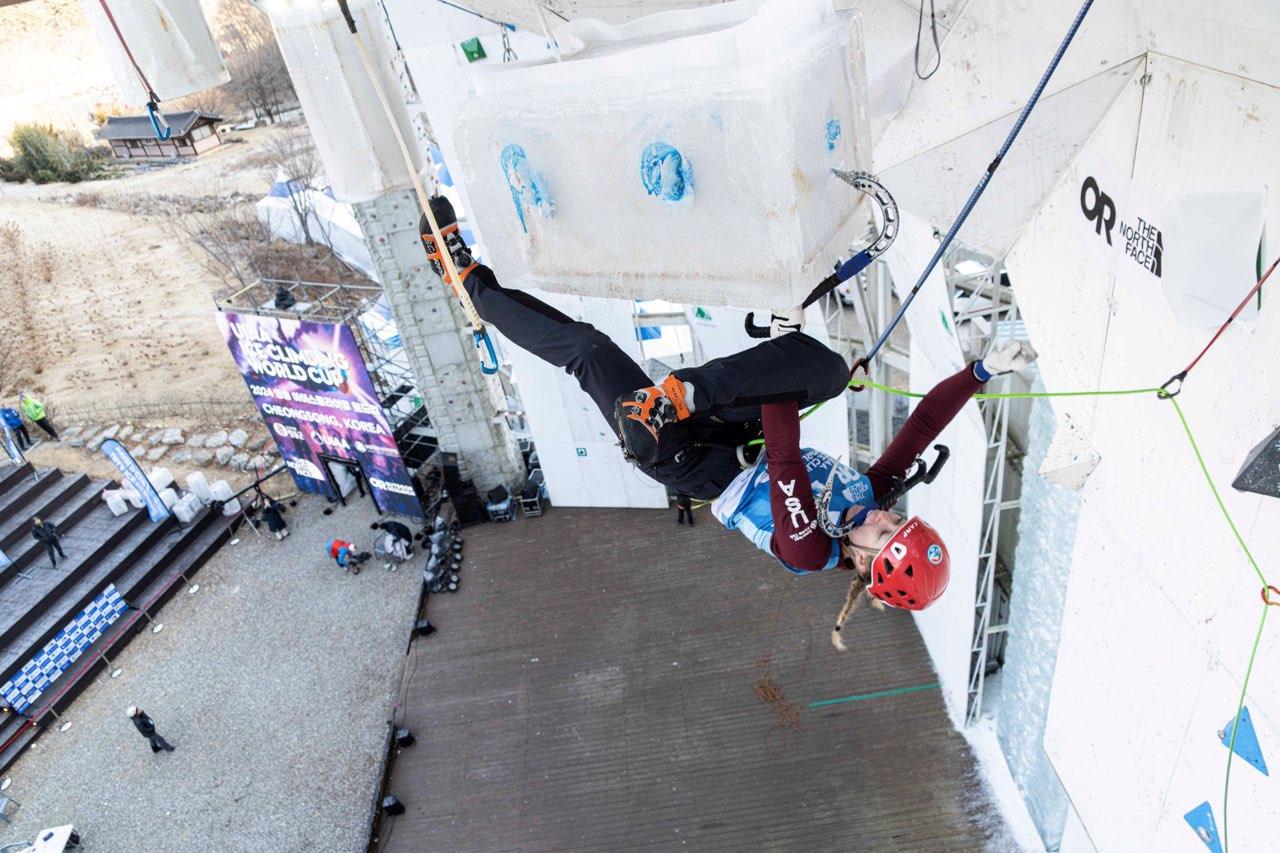
Catalina Shirley, 22, is looking forward to a competitive adventure in February that involves twisting herself into a pretzel, then climbing horizontally over free-hanging air, underneath a cube, connected to a long icy wall.
She’ll compete against other pretzel-shape-shifting athletes from more than a dozen countries when the Ice Climbing World Cup competition comes to Longmont in February.
Longmont, about 50 miles north of Denver with a population of close to 100,000, has been selected as the host city for the Ice Climbing World Cup; it will happen at Longmont Climbing Collective, a climbing gym, from February 21 to February 23, 2025, according to Bryan Hylenski, CEO of the gym.
“The idea is they use the movement of climbing to make it to the top,” he said in describing what he called a fringe sport, the lesser-known little sibling to the more mainstream mountain climbing.
Since finding safe ice mountains to climb is difficult, he and other early pioneers of the sport found ways to make it both safe and teachable. The keys are to turn a wooden climbing wall into a wall of ice, bring it outside, create holes in the wall to simulate spots in the ice into which a climber would insert their picks, invite a bunch of people, and hope for a weekend of frosty fun.
Hylenski said before the event, he’ll spend some time prepping a wooden wall borrowed from a previous competition held in Denver, and make it ice-like.
“We’ll skin it with some white-colored plywood. Then we hang all kinds of volumes. We hang chunks of ice. We hang big wood blocks or logs that people can swing their tools into ... you’re climbing with ice equipment, but on a dry surface.”
Shirley plans to compete in two of the main events: one, known as lead, calls for break out the figure-four, “which is where you wrap one of your legs over your arm. And that allows you to just have to use your arms and have your legs hang, which is really difficult,” she said, describing the pretzel shape she’ll assume.
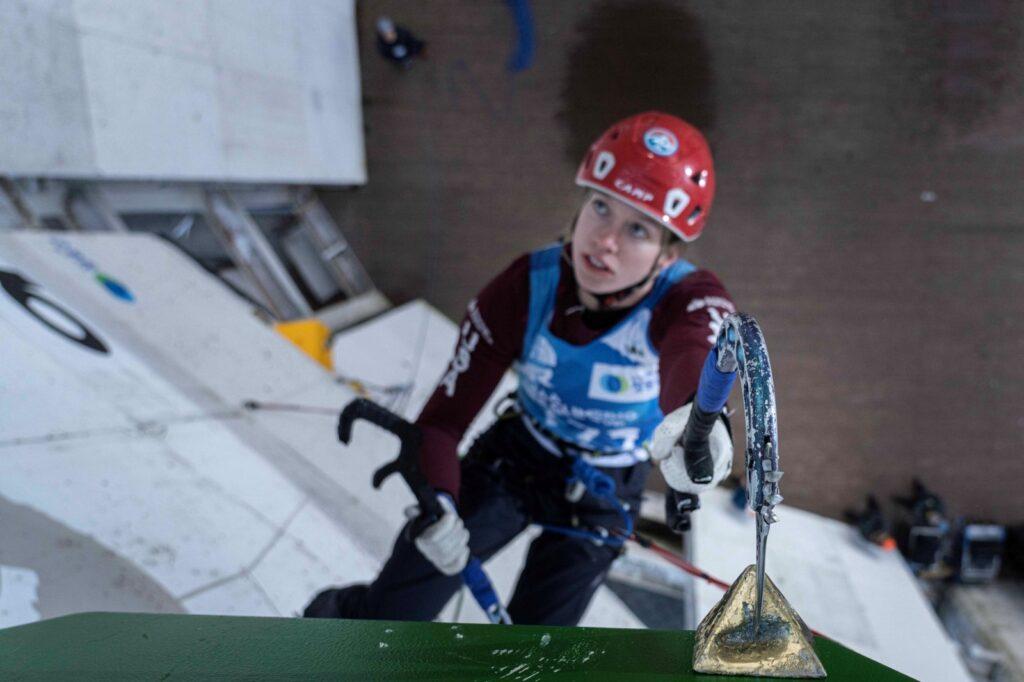
“It kind of gives you an opportunity to traverse. So [you] just climb horizontally over free-hanging air. You’d be underneath the [four foot by four foot frozen] cube and your feet wouldn’t be touching anything, but your tools would be on the holds. And then one leg would be looped over one arm, and so you’re kind of up there in a little pretzel, and that actually allows you to make some really big reaches,” said Shirley, who began training in the sport at 14 and has won a silver medal in an earlier Cup.
The other event she’ll compete in is for speed, which involves racing up a 40-foot steep wall that has bars across it with pre-existing holes for competitors’ hand-held tools; climbers can hook into them for support. The competitors go up with harnesses and belay down.
The climbing wall that will simulate mountain climbing and ice climbing will be used by athletes from between 15 and 25 countries that have qualifying athletes who compete in the sport. “There’s a bit of prep to it,” he said, “but it’s super exciting to watch.”
It’s also equitable, with men and women getting equal halves of the purse, which will be between $12,000 and $15,000. The prize money comes from sponsorships; this time it’s Visit Longmont, he said.
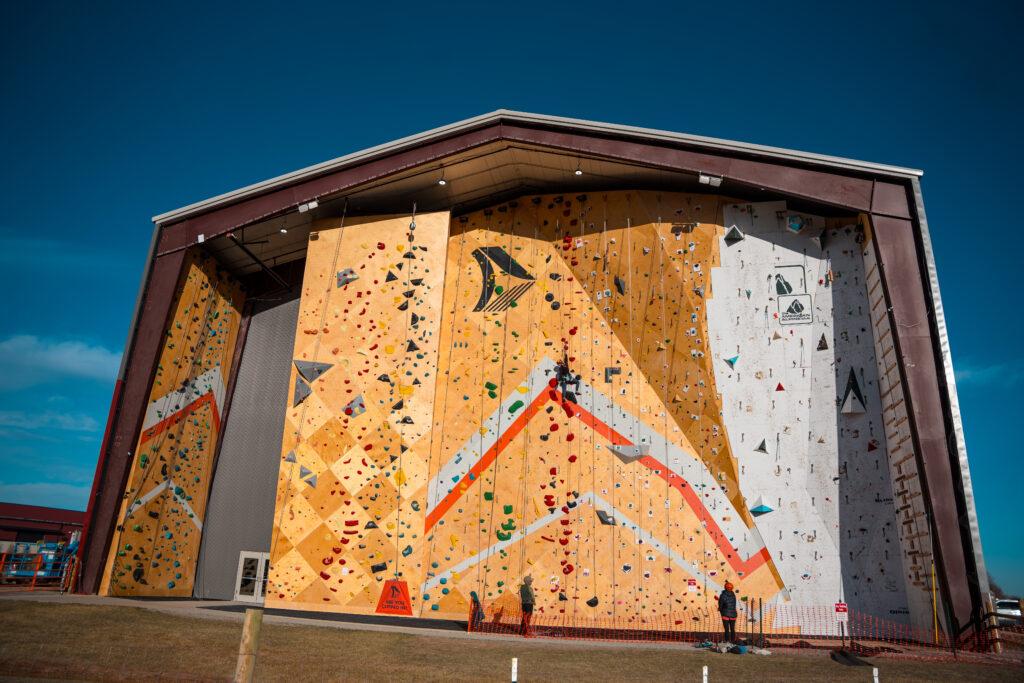
February’s event will be followed by an annual ice climbing event six hours southwest in Ouray, Colo. The 30th Annual Ouray Ice Festival will take place January 23 to 26, 2025.
Described as a fundraiser to cover costs for its own existence, that event attracts a worldwide audience to watch ice climbers compete against each other, but the concept there isn’t oriented around such high stakes as a World Cup. Instead, it features climbing clinics, videos of climbers, opportunities to purchase ice climbing gear, mixed-climbing competitions and fireside chats with climbers.
In Longmont, Hylenski intends to create an atmosphere of energy for spectators.
“The plan is that we would have a VIP area in the front for the judges and the athletes and their families to be right in front of the wall. The entire field will be fenced off. We’ll have ax throwing; we’ll have a playground for the kids; we’ll probably have a bouncy house. We’ll have breweries and restaurants, and we’ll have a whole vendor area out in that big field. People will be able to see the climbers from all over. We’ll have DJs; we’ll probably have a band one night.”
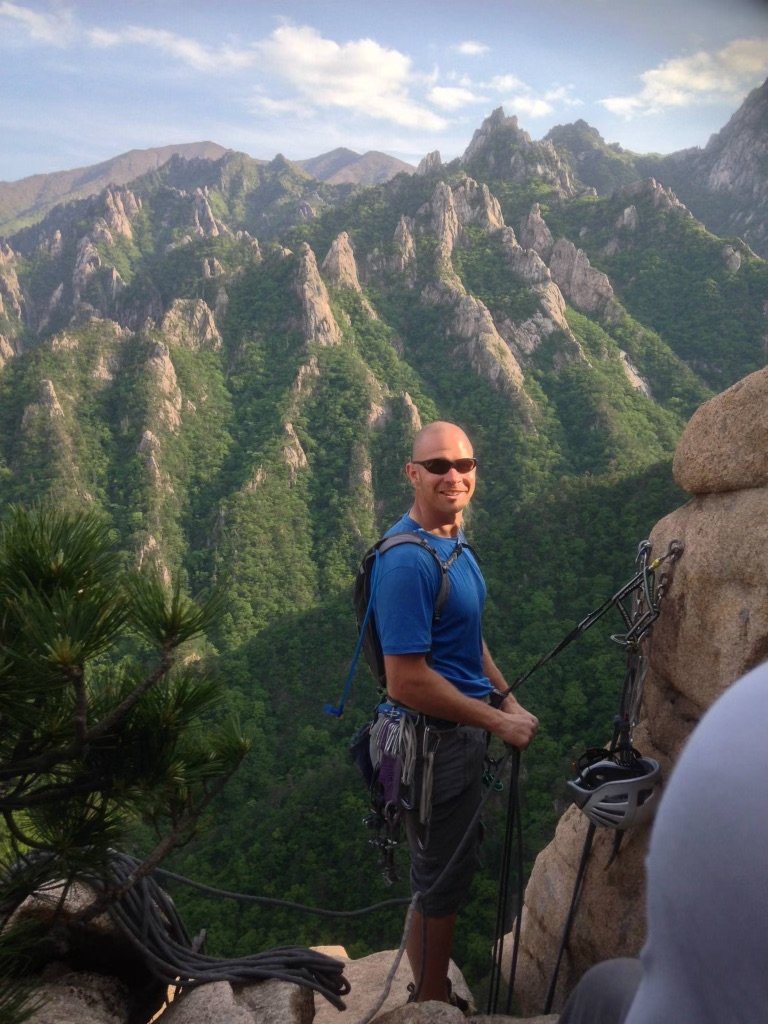
The Longmont competition is among a handful of others that create an international ice climbing circuit in which about 180 elite-level ice-climbing athletes participate. There are stops in January and February in China, South Korea, Switzerland, France and Canada, according to the International Union of Alpine Clubs, the sport’s international climbing and mountaineering group, founded in the 1930s in France.
Hylenski said the first day of competition involves qualifying rounds, and then the lead and speed events Shirley is anticipating will happen after that.
In pictures of her in past competitions, she looked focused and her torso was rigid – a posture she needs to maintain throughout events. “I think what makes ice climbing such a unique sport is the fact that it requires a kind of maintenance of constant body tension. So there’s almost never a point where you’re like, ‘Oh, this is a good rest ... I’m on my feet and I’m going to shake it out and it’s going to be easy in competition.’”
On the contrary, she said, it’s constant action: “You’re on, and the route doesn’t let up until you’re all the way done with it.”
